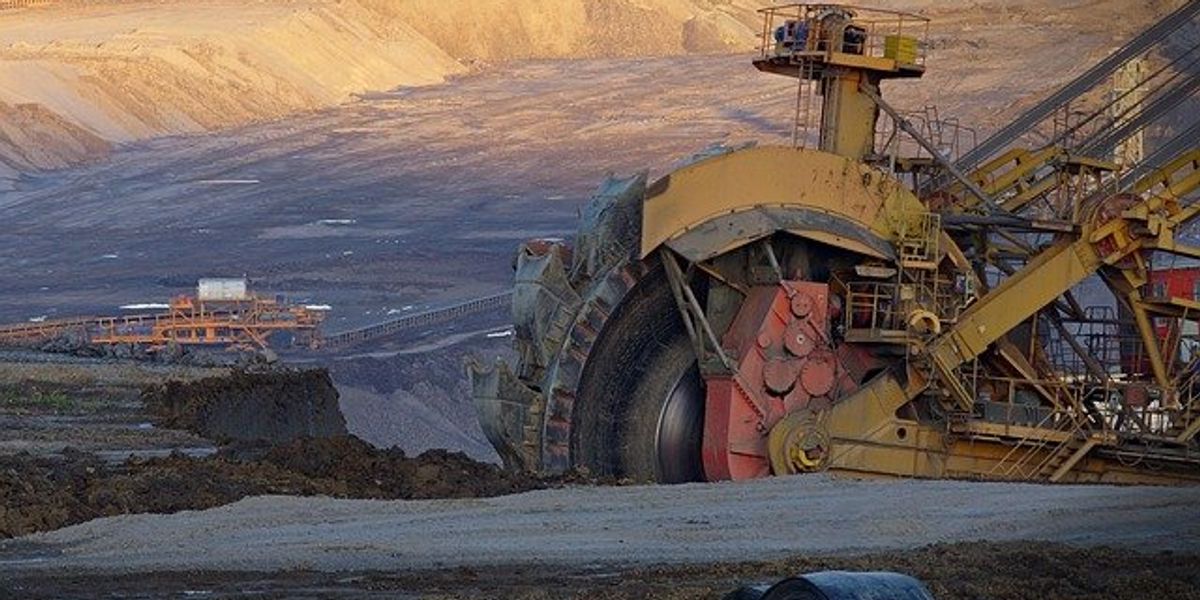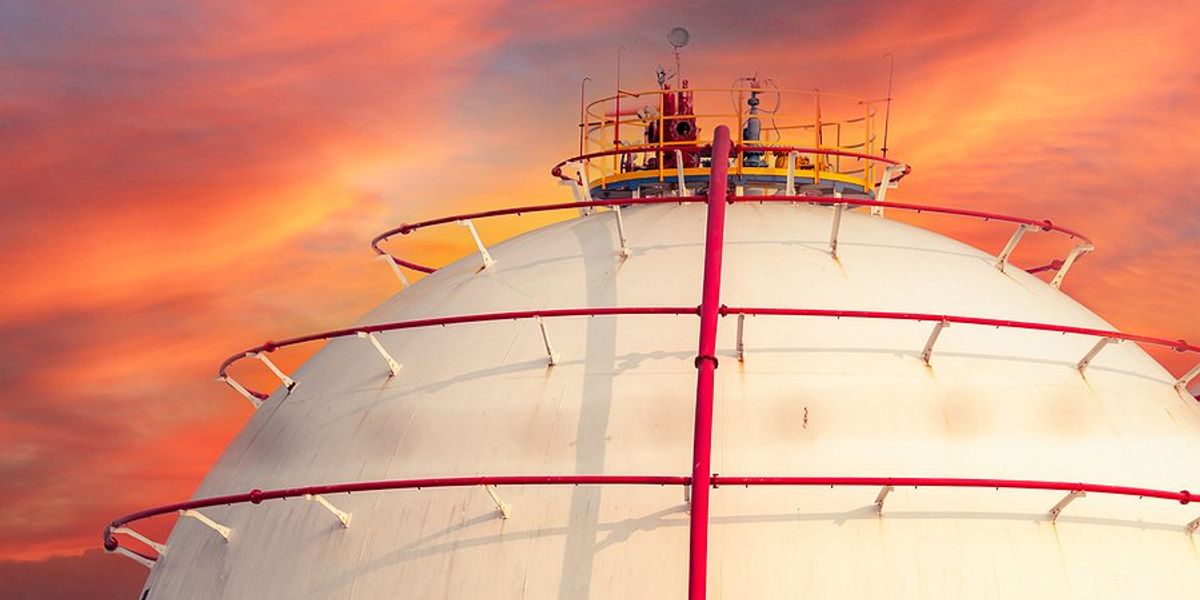investigative journalism
New air monitors among major impacts of ProPublica toxic air pollution reporting
Communities identified as “Sacrifice Zones” in a ProPublica analysis of toxic air pollution scored major wins this month. In one, the EPA will start monitoring the air. In another, a judge withdrew permits from a giant petrochemical complex.
Representatives introduce $500 million air quality bill, citing ProPublica's investigations
Lawmakers introduced a House bill to fund air monitoring after ProPublica highlighted pollution in its “Black Snow” and “Sacrifice Zones” investigations. The bill is nearly identical to one introduced in the Senate last summer.
EPA takes action to combat industrial air pollution
The EPA announced a raft of targeted actions and specific reforms including stepped-up air monitoring and scrutiny of industrial polluters in the wake of ProPublica’s investigation into toxic hot spots.
The EPA administrator visited cancer-causing air pollution hot spots highlighted by ProPublica and promised reforms
ProPublica found more than 1,000 toxic air hot spots across the country, and determined Black residents were disproportionately at risk. Environmental experts called the EPA’s response to our investigation historic and a “radical change in tone.”
Poison in the air
The EPA allows polluters to turn neighborhoods into “sacrifice zones” where residents breathe carcinogens. ProPublica reveals where these places are in a first-of-its-kind map and data analysis.
www.nytimes.com
E.P.A. approved toxic chemicals for fracking a decade ago, new files show
The compounds can form PFAS, also known as “forever chemicals,” which have been linked to cancer and birth defects. The E.P.A. approvals came despite the agency’s own concerns about toxicity.
www.propublica.org
The coal plant next door
Near America’s largest coal-fired power plant, toxins are showing up in drinking water and people have fallen ill. Thousands of pages of internal documents show how one giant energy company plans to avoid the cleanup costs.
ORIGINAL REPORTING
MOST POPULAR
CLIMATE



















